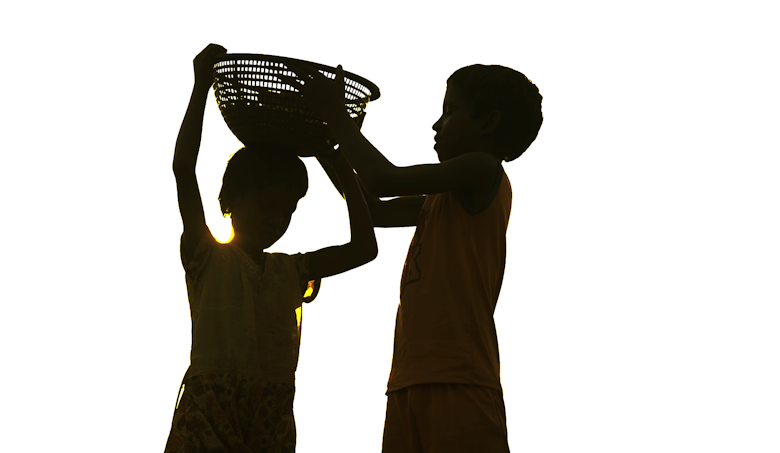Stop child labour in mica mining belt India
Mica is a raw material that is widely used in our daily products, such as cars, laptops and make-up. It has a nice shine, is heat resistant and insulates electricity well. Most mica comes from India. Many children work in illegal mines there. They are poorly paid and the work is dangerous and unhealthy. Quite often they no longer go to school. We fight against the exploitation of children in the mica mines. With information, education and help to the community to earn more money. So that the children have a better future.
Maggie de Jongh-Abebe
Program Manager Mica
Latest News
Voices for Change: How children’s clubs in India stop child labour
In India, our Children’s Clubs are instrumental in winning the fight against child labour in mica mining. A…
Terre des Hommes manifesto: No more child labour by 2029
From everyday household products to make-up, laptops and batteries, there is a good chance that child hands ha…
The Global Research Agenda
On February 1 2024, the Terre des Hommes Netherlands Global Research Agenda was launched, which will guide our…
"I should get the same opportunities as my brother!" - Renu
16-year-old Renu from Jharkhand, India witnessed disparity in her household where preference was given to her…
Towards a Child-Friendly Local Governance in India
In the Mica belt of Jharkhand, India, we take children out of work and empower them to be agents of change. In…
#TheClockisTicking for action against child labour
We’re running out of time. In 2015, 193 world leaders agreed to end child labour by 2025 according to the Sust…
Breaking the Cycle of Exploitation: Sana's Journey from Forced Labour to Education
Sana's story is one of both tragedy and triumph. Growing up in a small village in India, she faced incredible…
India Annual Report 2022
In India, Terre des Hommes Netherlands addresses child labour, child sexual exploitation, child marriage and o…
Annual report 2018
Thanks to your support, in 2018 we were able to work on tackling child labor in the mica mines in India, child…
Background
|
Jharkhand in India accounts for nearly 25% of the world’s mica supply. There are a few legal mines there, but most of it is mined illegally. Often by children under 14 years of age. Their parents are poor and need the extra money to make ends meet. Families in the mica belt depend solely on the mineral for their livelihood. Lack of an organised supply chain has led to labour exploitation and families get bare minimum wages. As a result, children are forced to work, and are out of school. The working conditions are hazardous with children having to go down into dark pits and extricate mica. Lack of additional livelihood opportunities makes the families remain poor and vulnerable. The dust that is released when mining mica affects the lungs. Many accidents happen in and around the pits. Debris is splashed around. The children often have little or no protection. |
Approach
Our sustainable approach focuses on training children as change makers. We train children to identify and stop child labour and other forms of child exploitation. Additionally, we create a conducive learning environment in schools, provide study materials and bicycles to ensure children remain academically engaged. Families also access a revolving fund with which they invest in income generation activities. This increase in income helps them provide better for their children's health and education.
Results
We take children out of child labour and empower them through quality education, training on child rights and protection. We also ensure additional income generation for their families.

